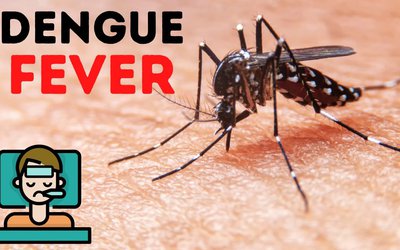Many aspects of American medicine are praiseworthy, especially American medical education and residency programmes. Very few countries even come close to the excellent teaching on offer in the US for qualified young health care professionals from abroad. Hundreds of Nepali doctors are doing residency programmes in the US. However there are some aspects of American medicine that perhaps should not be emulated here. One such is the treatment of terminal patients with cancer, lung and heart disease.
Of course, most people with terminal cancer in Nepal will not have the funds or the facilities for further treatment, which may include chemotherapy, surgery, and radiation. But a word of caution to those that may have access to the funds or facilities. In 1985, Stephen Jay Gould wrote a best seller in the US entitled, “The Median Isn’t the Message”. He was a patient with mesothelioma, a deadly form of cancer. He was also a discerning scientist, and so he looked up mesothelioma and found that it was fatal with a median survival time of about 8 months. However he saw that the survival curve for mesothelioma was skewed to the right with a long tail on the graph suggesting that some people lived many years longer than the average time of 8 months. But the most likely and probable time of death for this cancer was still 8 months. Stephen however stressed on the unlikely probability of a longer life and even wrote the above book because indeed, he went on to survive for 20 more years. Lucky guy.
In a sense the American medical system especially as regards terminal problems like cancer care, end stage lung/ heart disease, has been built around the improbable, that is the long tail of the graph mentioned above. This means spending millions of dollars to entertain the notion of hope, that is perhaps this particular patient is an exception. Unfortunately even in the US health care budget is limited and, this has lately hit home with the passage of the health care budget. How is all this relevant for a poor country like Nepal?
Take malignant lung cancer, an increasing form of cancer in Nepal, thanks to our excessive smoking and air pollution. The median survival time no matter what you do or wherever you are receiving therapy in the world is generally a year for this cancer. Receiving chemotherapy, radiation, or even surgery for this cancer is possible here. And there may be clear cut indications for doing this in some instances. But in many cases in Nepal, proper control of pain in the patient and promoting “hospice” like care may be more relevant and acceptable if people were offered options. This would mean that the patient and the family rather than spending thousands upon thousands of rupees on chemotherapy etc would spend more quality time with the patient so in the end the patient will make a meaningful exit, and the patient party will also be satisfied. In the US the likely scenario is that in the last stages of this lung cancer patient will be in the intensive care unit with tubes and catheters in all the orifices which makes it impossible to say a proper goodbye. Amazingly even in the US and especially due to the budget crunch, many people are opting for hospice care for a more satisfying exit. In Nepal do we even have a choice?
Atul Gawande, an Indian American surgeon at Harvard, cogently argues for more hospice care in the US in his latest article entitled “Letting Go” in The New Yorker. “Rarely is there nothing more that doctors can do”, he says. He also says that words like “respond” to treatment or “long term improvement” that doctors may use in these situations only provide a reassuring gloss over a dire reality. Perhaps the patient, faced with a terminal disease situation, if he knows a thing or two, needs to educate the doctor and not completely believe that the improbable will happen. Stephen Gould, the palaeontologist, was just plain lucky.

Buddha Basnyat MD
Buddha Basnyat, MD, MSc, FACP, FRCP, Director of the Oxford University Clinical Research Unit-Patan Academy of Health Sciences, Kathmandu.
- Altitude Sickness
- Feb 20, 2018
- Post-earthquake Nepal: The Way Forward
- Dec 13, 2015
- The Annapurna Sanctuary
- Nov 29, 2015
- Diarrhea at the Summit
- Nov 08, 2015
- Altitude Sickness ( AMS, HAPE, HACE)
- Oct 15, 2015















